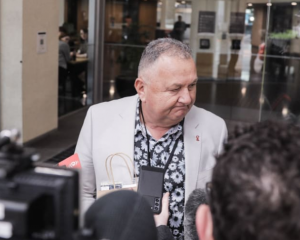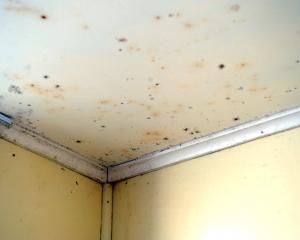
Chlorofluorocarbon chemicals (CFCs) used in refrigeration were inexorably eating away the protective layer of atmospheric ozone, releasing "holes" of low-ozone amounts across New Zealand and southern Australia every spring, which allowed dangerous levels of ultra-violet radiation to reach the surface.
Now, in some rare good environmental news, decades of international co-operation and action to phase out the use of CFCs have paid off and the shrinking ozone holes above both poles are on their last legs.
A United Nations report predicts the ozone layer will be continuous again above the Arctic by 2050 and over the Antarctic by 2066.
The report also says global action on CFCs, which are also greenhouse gases, has saved Earth from even worse warming, possibly by an extra 1degC by the middle of this century.
World Meteorological Organisation secretary-general Petteri Taalas says the accomplishment on ozone sets a precedent for climate action and shows what can be done in moving away from the use of fossil fuels to limit global temperature increase. We should all welcome and celebrate these achievements on ozone. More so, because the world is generally awash with negativity when conversation turns to trying to save the planet.
Every week it seems yet more dreary news lands about the dire state of the environment and the atmosphere, more plant and animal species becoming extinct, climate change running rampant, wildfires, droughts and floods becoming more frequent, soils being eroded and oceans filling with plastic.
Most of the Western world is obsessed with building personal and corporate wealth, which comes at the expense of the health of the Earth.

At the same time, our greed for both energy, for our vehicles and homes, and the Earth’s resources knows no bounds.
Some countries continue to explore for oil and gas, and others use child or slave labour to dig out of mountains the minerals wanted by the West for products such as car batteries.
A more sustainable economy is what we should be striving towards, one that both provides what is necessary for an improved standard of living for impoverished regions of the world and which protects our planet, rather than treating it as something to be abused and turned into a huge junk yard.
Fortunately, there are people who care deeply for the Earth and for the environment, and who cry louder for global action with every new update about the impact of accelerating climate change.
The La Nina weather phenomenon, which generally brings cooler conditions worldwide, has provided something of a cushion during the past three years. Unfortunately, this is about to flip to its warmer and drier cousin, El Nino, later this year, and anxiety is now growing over what this might mean for temperatures and rainfall, and drought and fires, into 2024.
The news on ozone allows us to put this doom and gloom aside for a few moments and have a breather.
While it is human behaviour which has got us into this mess, we can see it is not impossible, and not too late, for us to make a positive change, turn things around and lessen the rate of warming.
If we ever needed a shining light to follow as to how we can go about making a difference, we now have the exemplar of how humankind has worked together during the past few decades to close the ozone holes.












